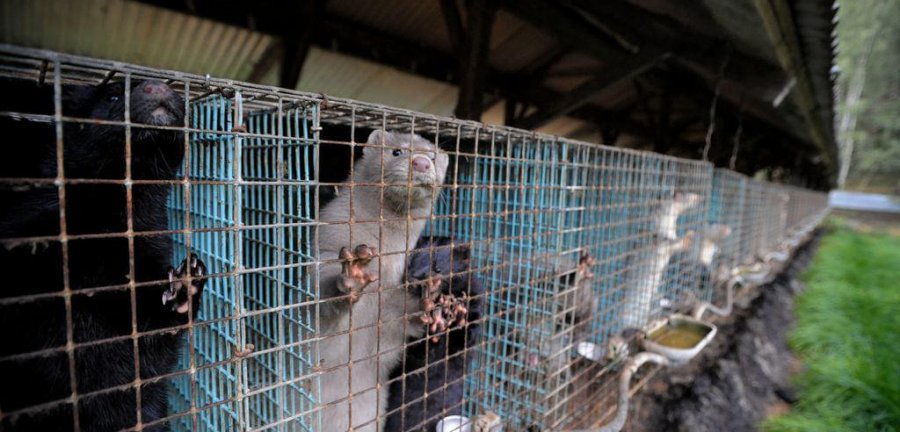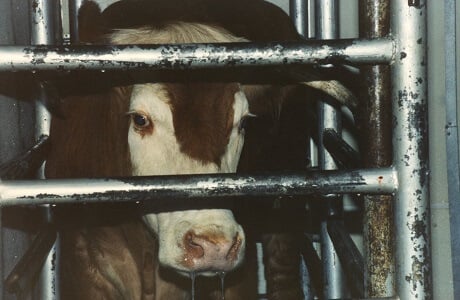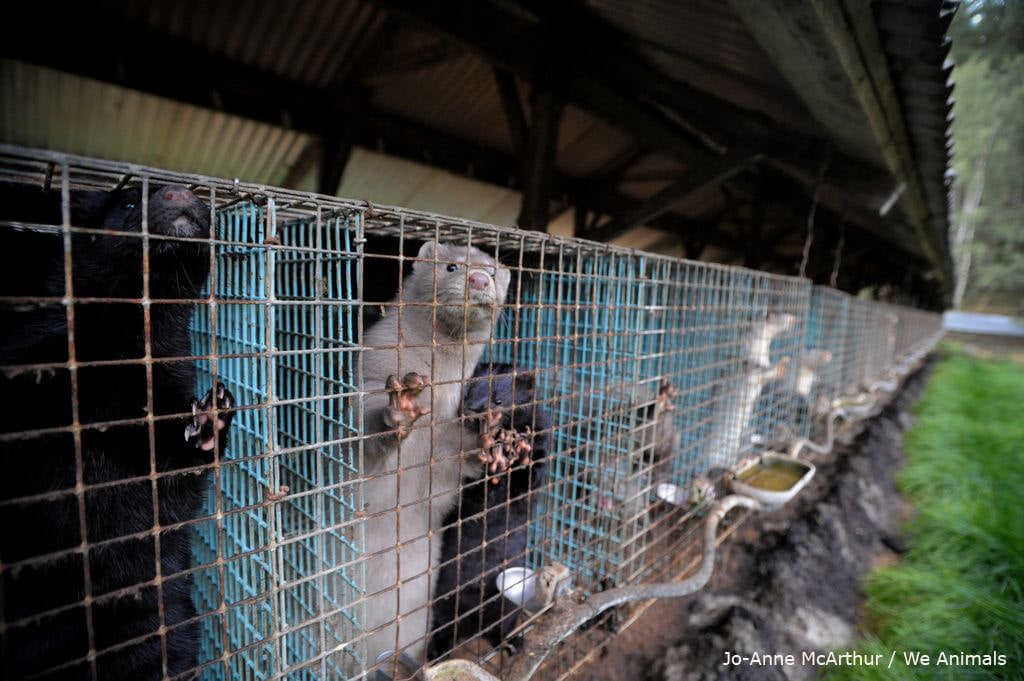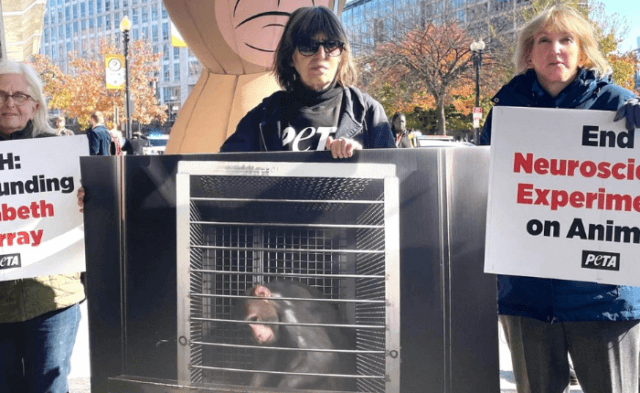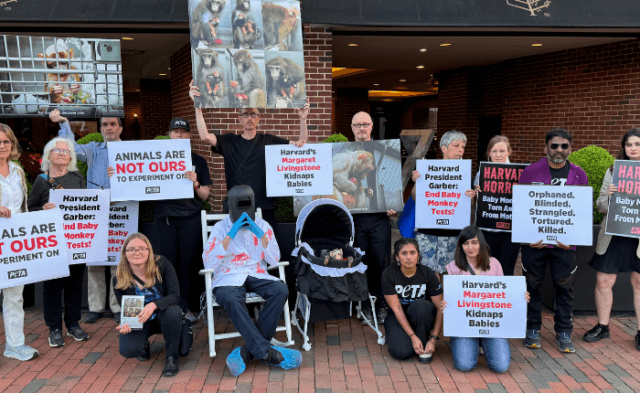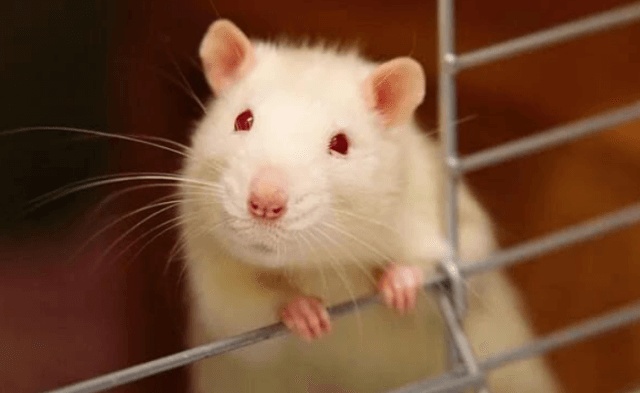by Hanh Nguyen, PETA Torchbearer
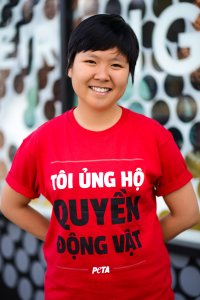
My own story began in Vietnam, where I spent the first 12 years of my life, before my family moved to Laos and suddenly I became the “other” who didn’t quite fit in. I wish I could say that this experience jumpstarted my evolution on animal rights issues, but I was the typical kid who begged my parents for a “pet” dog or cat – and then quickly lost interest once the novelty wore off. But everything changed three and a half years ago, when I came across a video of an investigation inside a slaughterhouse. It made me stop consuming animals.
I began to comprehend how systemic our exploitation of other animals is. I also realized that there is a lot of overlap between speciesism and other forms of oppression. Some sociologists call this “the link”: racism, sexism, and speciesism. It’s the bias that binds.
Throughout history, marginalized groups of humans have been regarded as “animals,” which was and still is the precursor to being mistreated like them: enslaved, exploited, and subjected to horrific violence.
Prior to the Rwandan genocide, which killed an estimated 800,000 Tutsis, propaganda and radio messages disseminated by Hutu extremists referred to Tutsis as “cockroaches.” During the Holocaust, Jews were transported to concentration camps in cattle cars and labeled “rats.” Well into the 20th century, humans from “exotic” cultures, mainly Africa and Asia, were still held captive and displayed in human zoos. Marginalized humans have even been unethically experimented on. During the Tuskegee study in the US, for example, information and treatment were deliberately withheld from black men who were infected with syphilis, even though, during the course of the study, it was discovered that penicillin was an effective cure.
I believe that we have to look at all existing power relationships with a critical eye. We do ourselves a huge disservice if we address only racism, sexism, xenophobia, and so on without also confronting speciesism.
Any invented hierarchy that grants the most fundamental moral considerations to some individuals while withholding them from others is inherently unjust. Speciesism is no different.
The good news is that like all other forms of oppression, speciesism is a system of thought that is learned and can, in turn, be unlearned and challenged. And that’s why I’m talking to young people about this. I’ve planted seeds at each stop. After I spoke at Missouri State University, one student said that my talk “really turned some lights on in people and got them thinking about kinder ways.”
Once we are honest about our most deep-seated biases and our privilege as humans, we can easily see that the struggle for animal rights is just like the struggle for human rights. That’s not a scary thought – it’s a vital one if we want to advance justice, and young people are known for being champions of this cause.
This article originally appears in our magazine, PETA Global. To begin your subscription, become a PETA member today!

